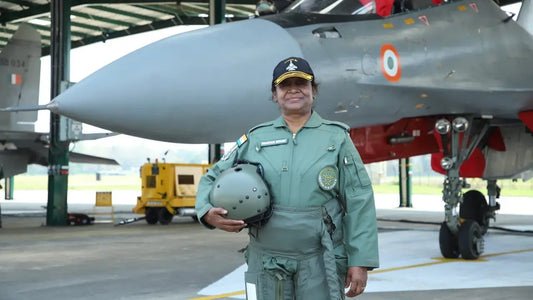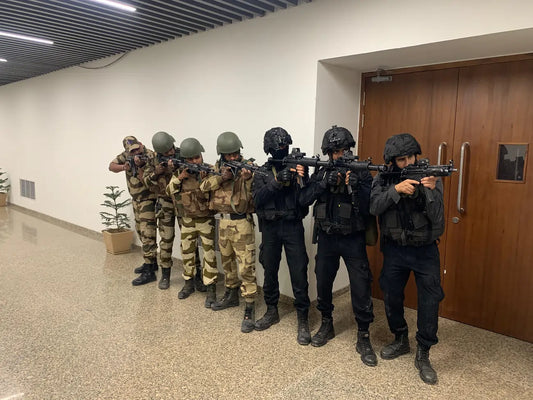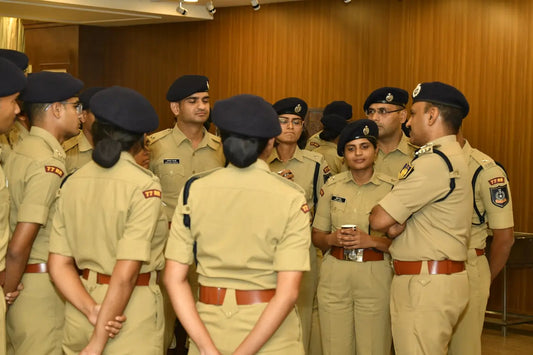DRDO Chief Clarifies Uttam AESA Radar Deployment in Tejas Mk1A Program

In an interview with Tarmak Media House, reported by IDRW, Dr. Samir V. Kamat, who serves as the Chairman of both the Defence Research & Development and the Defence Research and Development Organisation (DRDO), addressed reports regarding the radar systems for the Tejas Mk1A fighter jets. Dr. Kamat denied claims that all 73 of these jets would be equipped with Israeli ELM-2052 AESA radars. He clarified the progress of radar integration within India’s Light Combat Aircraft (LCA) program, stating, “No, I don’t think it’s true. Discussions are still underway, and the plan is to integrate the Uttam AESA radar starting from the 41st Tejas Mk1A jet.”
This clarification comes at a time of increasing interest and speculation concerning the radar technology selected for India's key indigenous fighter aircraft. The Uttam AESA radar, a product of DRDO’s Electronics and Radar Development Establishment (LRDE), represents a significant achievement in India's drive for technological self-sufficiency. Dr. Kamat acknowledged that foreign radar systems might be used in the initial batches of Tejas Mk1A to adhere to delivery timelines, but emphasized the objective to incorporate the indigenous Uttam radar in later production stages.
The decision reflects a broader commitment within India's defense sector to indigenize, in line with the "Aatmanirbhar Bharat" initiative. The integration of the Uttam AESA radar is anticipated to greatly enhance the Tejas Mk1A’s combat prowess, equipping it with advanced capabilities in tracking, targeting, and electronic warfare comparable to international standards.
Ongoing technical and strategic consultations between Hindustan Aeronautics Limited (HAL), DRDO, and the Indian Air Force will determine the final configuration of the Tejas Mk1A fleet. Nevertheless, Dr. Kamat’s remarks highlight an emphasis on prioritizing indigenous technology and reducing reliance on foreign suppliers, signaling a pivotal shift in India’s defense production outlook.



















